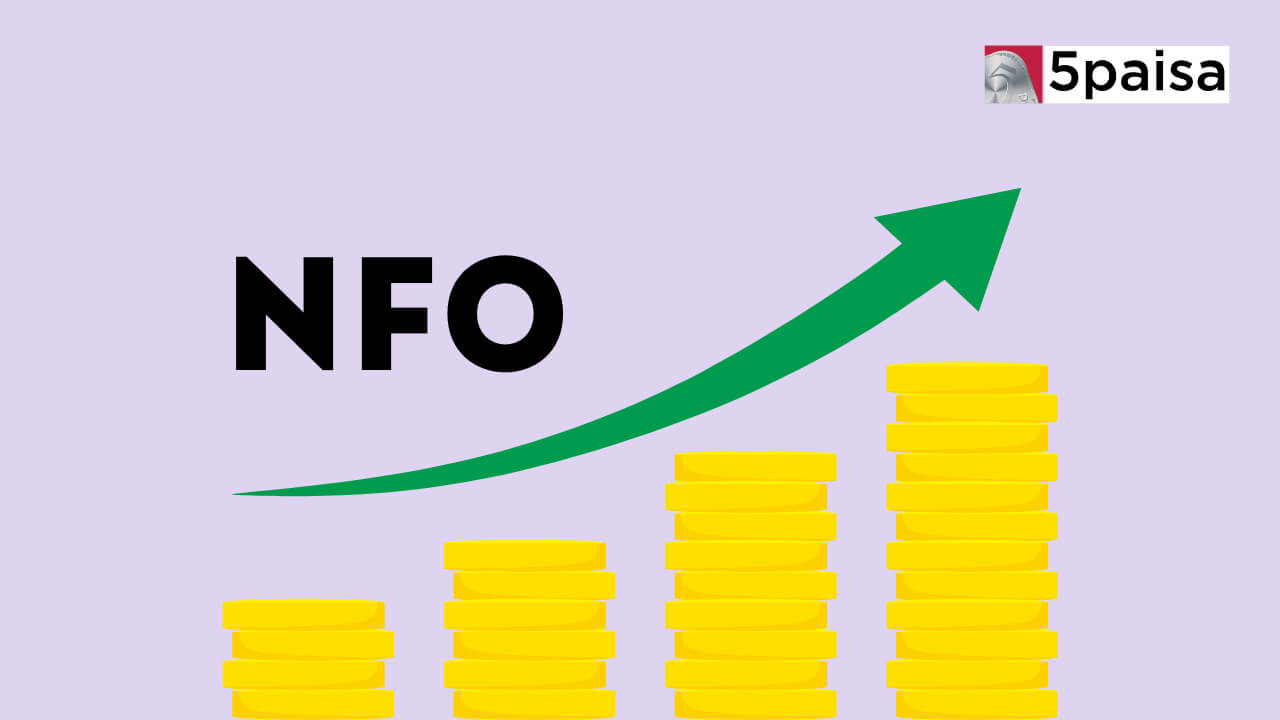Rexpro Enterprises IPO Allotment Status
What Is a Mutual Fund Fact Sheet?

Investing in mutual funds can be wise for individuals seeking to grow their savings and achieve their financial goals. However, with numerous mutual fund schemes available in the market, navigating the options and choosing the right one can be challenging. This is where a mutual fund fact sheet comes into play, serving as a valuable resource for investors to understand and evaluate different mutual fund schemes.
What Is A Mutual Fund Fact Sheet?
A mutual fund fact sheet concisely provides essential information about a specific mutual fund scheme. It is a comprehensive yet easy-to-understand guide that helps investors make informed investment decisions. Mutual fund fact sheets are typically published monthly by the fund house and readily available on their websites or other channels.
Importance Of Mutual Fund Fact Sheet
Mutual fund fact sheets play a crucial role in the investment decision-making process for several reasons:
1. Comparison Tool: These fact sheets allow investors to compare different mutual fund schemes based on their features, performance, and risk-return profiles. This enables investors to identify the schemes that align with their investment goals, risk appetite, and time horizon.
2. Performance Monitoring: For existing mutual fund investors, fact sheets provide a means to monitor the performance and progress of their investments. By regularly reviewing the fact sheet, investors can assess whether their investments are on track and make necessary adjustments if required.
3. Industry Updates: Mutual fund fact sheets inform investors about the mutual fund industry's latest developments and market trends. This knowledge can help investors stay ahead of the curve and make well-informed decisions.
4. Transparency: Fact sheets promote transparency by providing detailed information about the mutual fund scheme, including its underlying portfolio, sector allocations, and other key metrics. This transparency fosters trust and confidence among investors.
Primary Components Of The Mutual Fund Fact Sheet
A typical mutual fund fact sheet includes the following key components:
1. Scheme Details:
● Scheme Name
● Investment Objective (capital appreciation, income generation, or both)
● Type of Scheme (equity, debt, or hybrid)
● Fund Manager's details
● Initial Allotment Date (scheme launch date)
● Average Assets Under Management (AUM) over a specific period
● Latest AUM and Net Asset Value (NAV) per unit
● Entry/Exit Load Information
● Benchmark Index
● Expense Ratio
● Dividend History (if applicable)
2 Underlying Portfolio and Data:
● Top Holdings (insights into the fund's major assets)
● Sector Allocation (scheme's diversification assessment)
● Asset Class Breakdown (portfolio distribution by asset classes)
3. Quantitative/Volatility Measures:
● Standard Deviation (for equity funds, reflects the scheme's risk)
● Beta (for equity funds, measures sensitivity to benchmark index movements)
● Sharpe Ratio (for equity funds, evaluates risk-adjusted returns relative to volatility)
● Portfolio Turnover (for equity funds indicates trading frequency and potential costs)
● Modified Duration (for debt funds, measures interest rate sensitivity and interest rate risk)
● Average Maturity (for debt funds, represents the weighted average time to maturity)
● Portfolio Yield (for debt funds, indicates the annual income generated as a percentage of assets)
● Tracking Error (for index funds/ETFs, measures deviation from benchmark index returns)
4. Fund Performance/Returns:
● Returns since inception
● Systematic Investment Plan (SIP) returns
5. Risk Attributes:
● Riskometer (shows the scheme's risk profile)
By understanding and analysing these components, investors can gain valuable insights into the mutual fund scheme's objectives, performance, risks, and suitability for their investment goals.
This example fact sheet visually represents the various components mentioned earlier. It illustrates how information is presented concisely and organised, making it easier for investors to grasp the key details about the mutual fund scheme quickly.
Why Should Read Mutual Fund Fact Sheet
Reading and understanding mutual fund fact sheets is crucial for investors, regardless of their investment experience or knowledge level. These documents are designed to be user-friendly and understandable to the average investor without requiring extensive financial expertise.
By taking the time to read mutual fund fact sheets, investors can:
1. Gauge the Fund's Suitability: Fact sheets provide a clear overview of the mutual fund's objectives, investment strategy, and risk profile, allowing investors to assess whether the fund aligns with their investment goals and risk tolerance.
2. Evaluate Performance: The performance section of the fact sheet provides historical returns and other metrics, enabling investors to evaluate the fund's track record and make informed decisions about its potential future performance.
3. Understand Costs: Fact sheets disclose important cost information, such as the expense ratio and entry/exit loads, allowing investors to factor in these costs when considering their investment options.
4. Monitor Portfolio Holdings: By reviewing the top holdings and sector allocations, investors can gain insights into the fund's investment strategy and ensure that it aligns with their investment philosophy.
5. Simplify Decision-Making: Fact sheets condense complex financial information into a concise and easily understandable format, streamlining the decision-making process for investors.
While fact sheets provide valuable information, consulting additional resources, such as the mutual fund prospectus, is essential for a more comprehensive understanding of the investment. Additionally, seeking guidance from a financial advisor can be beneficial, particularly for investors who require further assistance interpreting the information presented in the fact sheet.
Conclusion
Mutual fund fact sheets empower investors to make informed decisions about their mutual fund investments. By providing a comprehensive yet concise overview of a mutual fund scheme's key features, performance, risks, and costs, these documents serve as valuable resources for investors at every stage of their investment journey.
Whether you are a seasoned investor or just starting out, reading and understanding mutual fund fact sheets can significantly enhance your investment decision-making process. By leveraging the information contained in these documents, you can better assess the suitability of a mutual fund scheme, monitor your existing investments, and stay up-to-date with the latest industry trends.
Frequently Asked Questions
What Information Is Typically Included In A Mutual Fund Fact Sheet?
What Key Metrics Should Look For In A Mutual Fund Fact Sheet?
How Do Mutual Funds Fact Sheets Differ From Other Investment Documents Like Prospectuses Or Annual Reports?
Mutual fund fact sheets provide a concise overview of scheme details, performance, and risk profiles for quick reference. In contrast, prospectuses are detailed legal documents covering all aspects of the fund. At the same time, annual reports comprehensively analyse the fund's performance and activities during the previous financial year.
- 0% Commission*
- Upcoming NFOs
- 4000+ Schemes
- Start SIP with Ease
Trending on 5paisa
Mutual Funds and ETFs Related Articles
Disclaimer: Investment in securities market are subject to market risks, read all the related documents carefully before investing. For detailed disclaimer please Click here.

 5paisa Research Team
5paisa Research Team
 5paisa Research Team
5paisa Research Team




